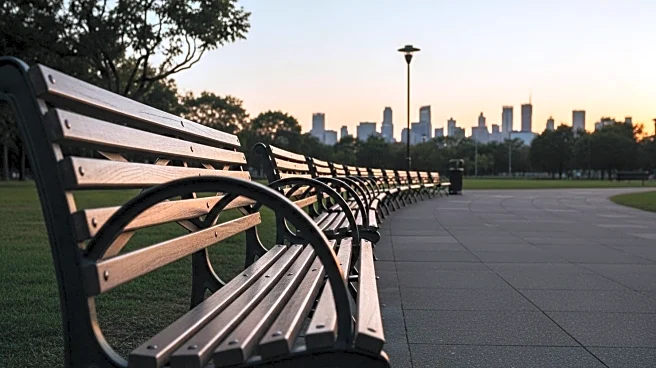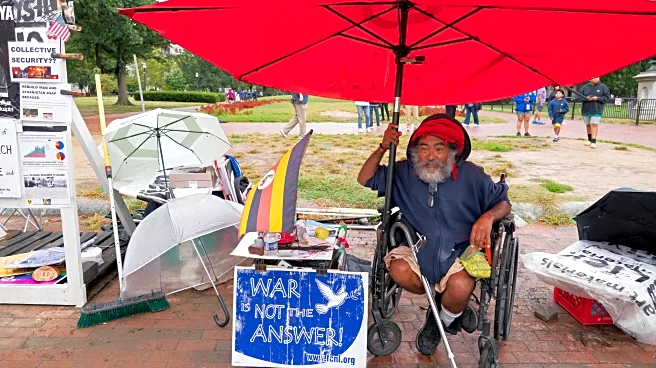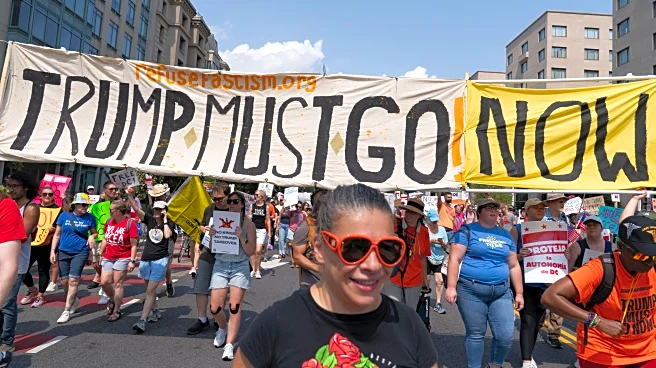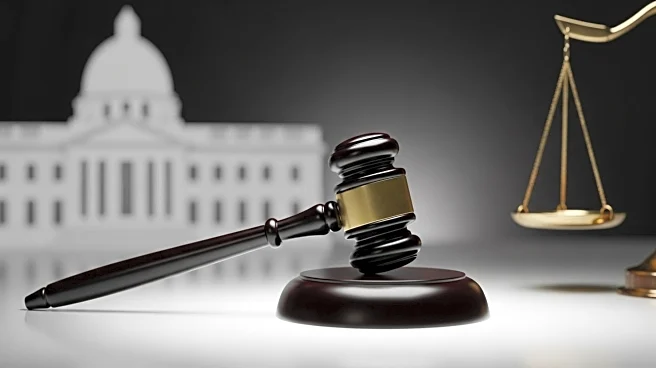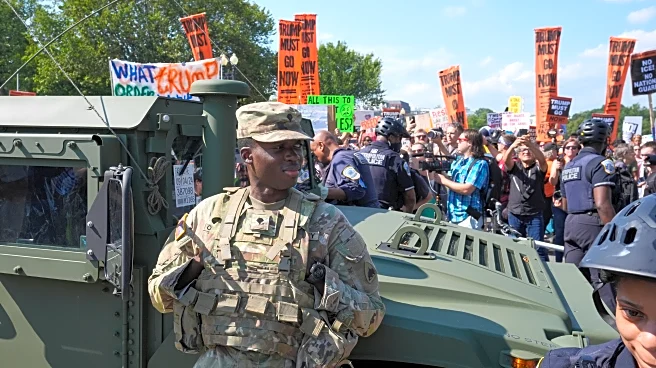What's Happening?
President Trump has initiated a law enforcement surge in Washington, DC, aimed at clearing homeless encampments. Since early August, over 50 encampments have been dismantled by multi-agency teams. However, the administration has not fulfilled promises to provide alternative housing or mental health services, leaving many homeless individuals, like Jeff Padgett, to relocate to avoid law enforcement sweeps. Advocates criticize the lack of long-term solutions, noting the disruption to services and increased fear among the homeless population. The initiative has led to increased movement among homeless residents, who are now seeking refuge in less visible areas to avoid detection.
Why It's Important?
The crackdown on homeless encampments in Washington, DC, highlights the ongoing challenges in addressing homelessness in major urban areas. While the initiative aims to make the city safer and cleaner, it raises concerns about the lack of comprehensive support for displaced individuals. The absence of promised shelters and services exacerbates the vulnerability of the homeless population, potentially leading to increased health risks and social instability. The situation underscores the need for coordinated efforts between federal and local governments to provide sustainable solutions for homelessness, balancing enforcement with compassionate care.
What's Next?
The Trump administration's approach to homelessness in Washington, DC, may prompt further scrutiny and debate over federal policies on urban homelessness. Local government efforts to provide shelter and services continue, but the effectiveness of these measures in the face of federal enforcement remains uncertain. Advocacy groups may increase pressure on the administration to deliver on promises of housing and mental health support. The ongoing situation could influence future policy decisions and collaborations between federal and local entities to address homelessness more effectively.


